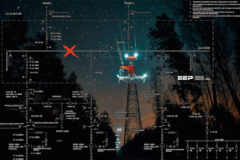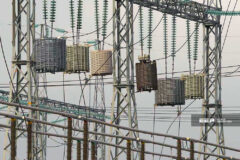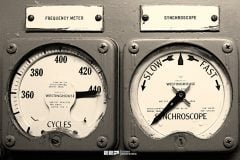Improving power factor
Improving the power factor of an electrical installation (compensation of reactive power) has many economic and technical advantages, but it’s not always easy to do so. There are numerous approaches to do such job, so let’s try to with this one.

Compensation of an installation is determined in four steps:
- Calculating reactive power
- Choosing the compensation mode:
- Choosing the compensation type:
- Allowing for harmonics
This involves choosing the right equipment to avoid the harmful consequences that harmonics might have on the capacitors installed.
These steps are developed as follows:
1. First step – Calculating the reactive power
Calculation Principle:
The aim is to determine the reactive power Qc (kvar) to be installed to increase the cos 𝜑 of the installation to reach a given target.
This involves going from:
- cos 𝜑1 → cos 𝜑2 where cos 𝜑2 > cos 𝜑1
- 𝜑1 → 𝜑2 where 𝜑2 < 𝜑1
- tan 𝜑1 → tan 𝜑2 where tan 𝜑2 < tan 𝜑1
- Q → QL – QC where QL is load reactive power
- S1 → S2 where S2 < S1.
This is illustrated in Figure 1 below.
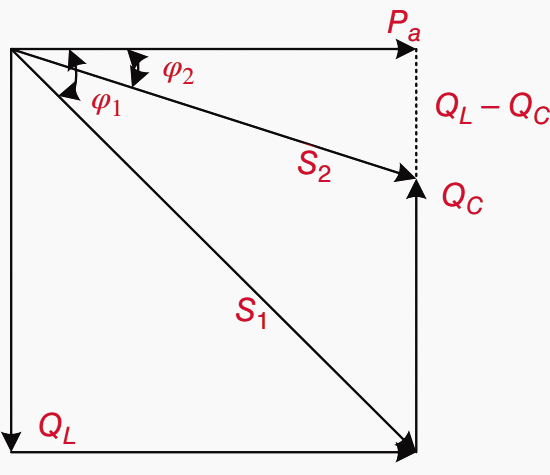

Calculation by Using Installation Data:
The power to be installed is calculated from cos 𝜑1 or from tan 𝜑1 noted for the installation. The aim is to move to a value of cos 𝜑2 or tan 𝜑2 thus improving the operation, as shown in Figure 1.
QC can be calculated from the equation: QC = Pa(tan 𝜑1 − tan 𝜑2),
which results from the figure, where
- QC = rating of the capacitor bank in kvar,
- Pa = active power of the load in kW,
- tan 𝜑1 = tangent of the phase angle (V, I) of the installation, and
- tan 𝜑2 = tangent of the phase angle (V, I) after installation of the capacitor bank.
QC can also be calculated by using Table 1. The equation of QC can be rewritten as:
QC = k Pa
where k is a factor determined very easily from Table 1 if one knows tan 𝜑1 or cos 𝜑1 of the existing installation and tan 𝜑2 or cos 𝜑2, which is to be obtained.
2. Second step – Choosing the compensation mode
Where to install capacitors? Installation of capacitors on an electrical network is referred to as the “compensation mode”.
It is determined by the objective (eliminating penalties, relieving stress on cables and transformers and improving network voltage), the electrical power distribution mode, the load system, the predictable effect of capacitors on network characteristics, and the cost of the installation.
Table 1 – Capacitor Bank Sizing
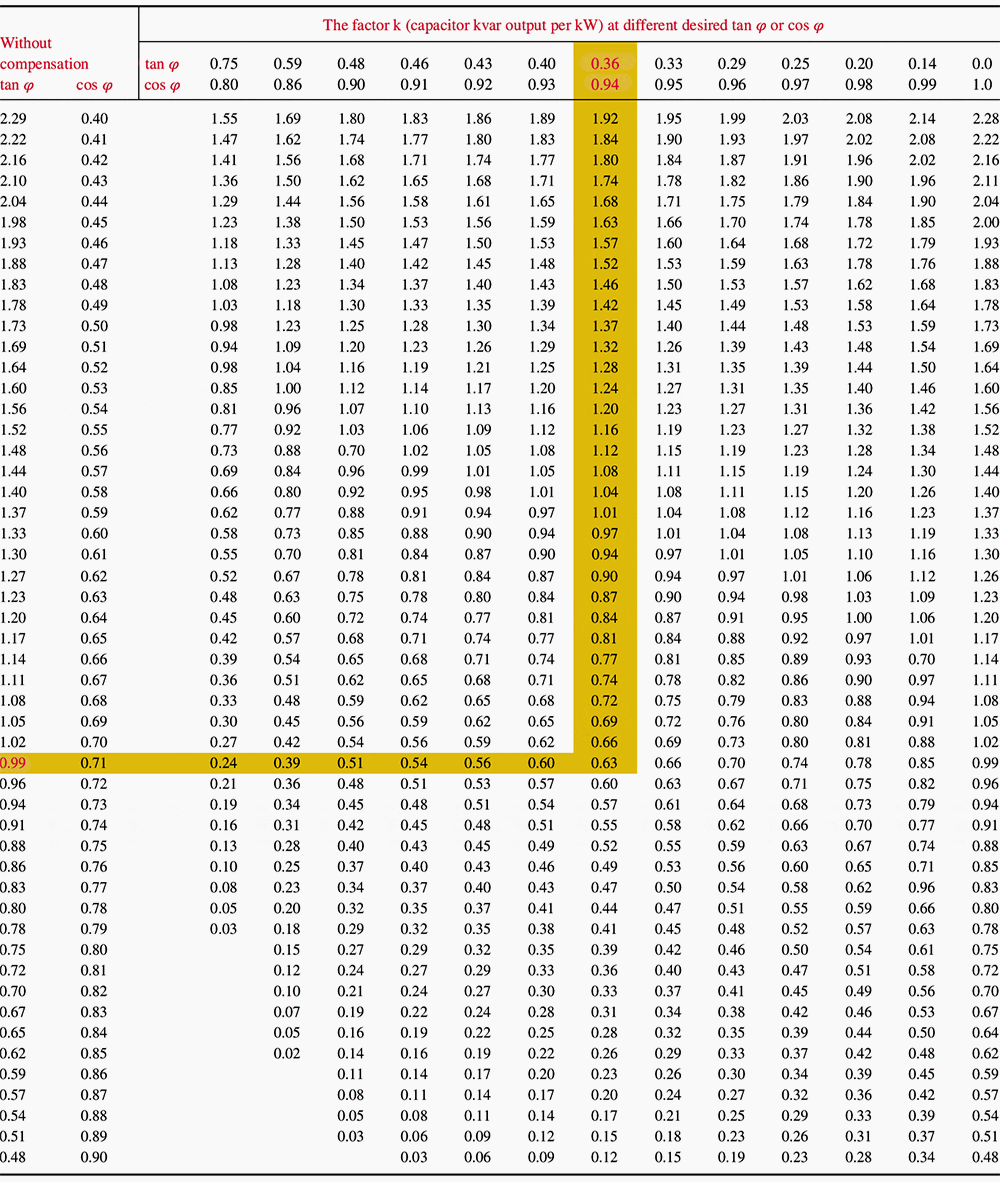

Reactive power compensation can be:
- Global
- By sector
- By individual load.
It is more economical to install capacitor banks in MV and HV for powers greater than approximately 800 kvar.
Analysis of networks in various countries proves, however, that there is no universal rule. The compensation mode depends on the energy policy of the countries and electricity boards.
The latter’s power can reach 4.8 Mvar at 22 kV.
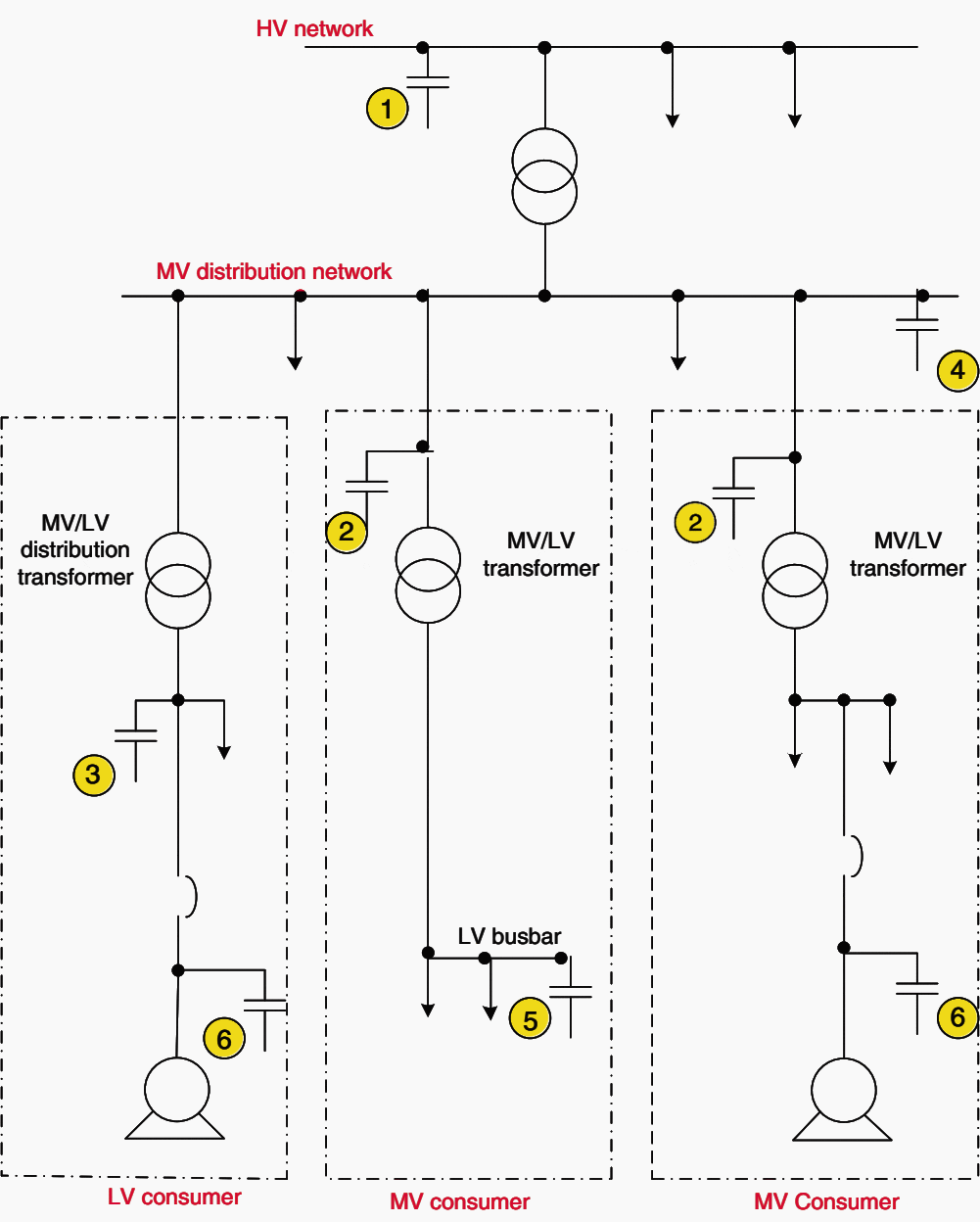

Global Compensation
The capacitor bank is connected at the supply end of the installation to be compensated and provides compensation for the entire installation. It is ideal for stable and continuous loads.

